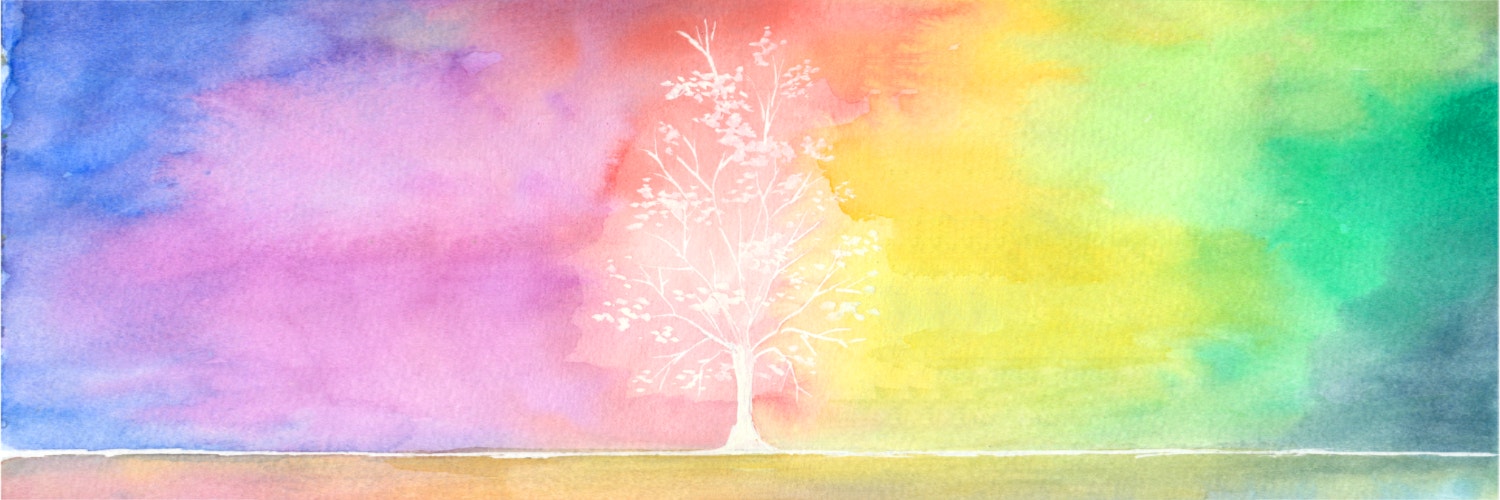


She/her. Art, TTRPGs, people, history, science, human rights, sustainability & nature fan, serial perfectionist. Hippie goth, gray ace gay, cat mom. Chronically ill, disabled, ND. Traditional media artist, dressmaker, crafter, photographer. Handwriting enthusiast.
Profile photo description: Photo portrait of a bony white woman with shaved brown hair and ice blue eyes, wearing chunky glasses, red lipstick, dangly earrings with cartoon guillotines and a simple black dress.
This profile is from a federated server and may be incomplete. Browse more on the original instance.